TL;DR
Midimalism is the 2025 interior design trend that merges minimalist calm with maximalist personality. Think neutral foundations, sculptural furniture, and one or two standout gestures that anchor the room. Designers often call it a “quiet base, loud moment” approach that avoids visual overload while adding depth. Try it if you’re searching for how to blend minimalism and maximalism without clutter.
What is Midimalism?
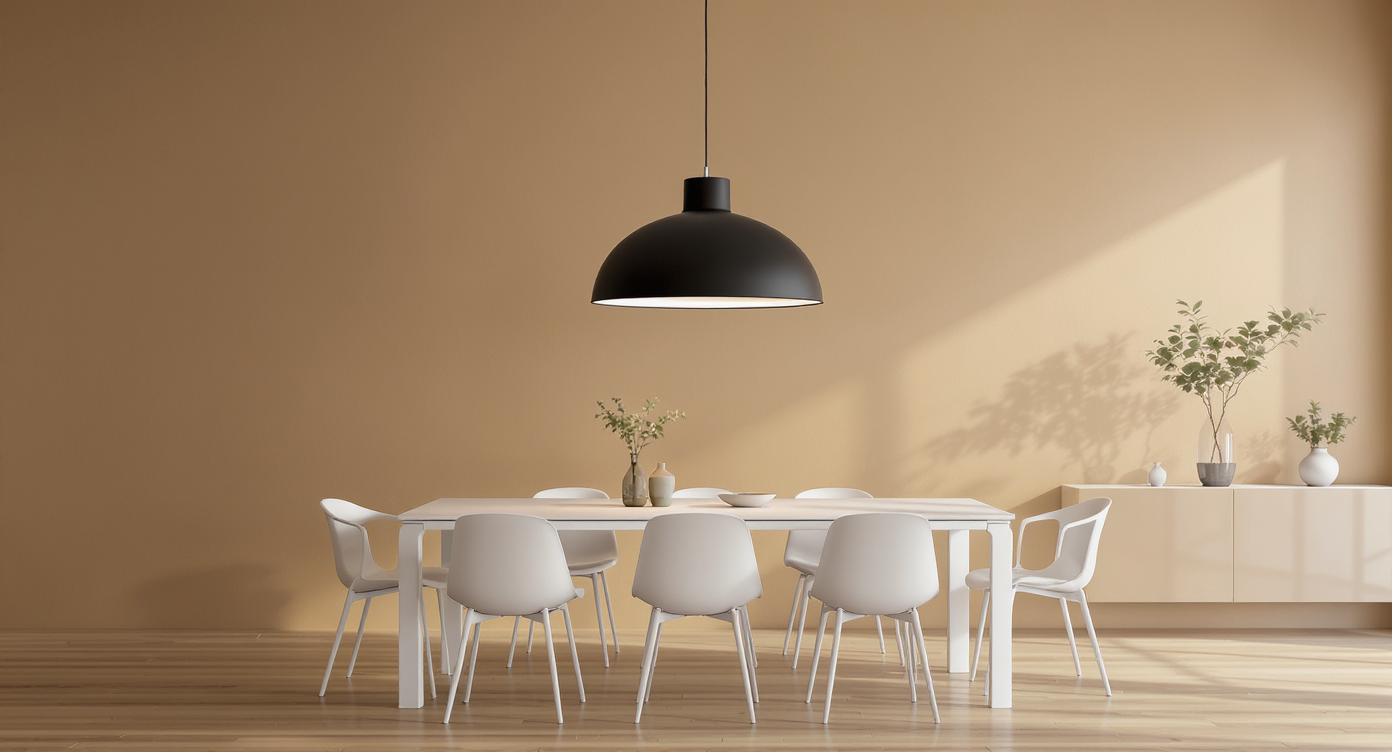
Midimalism blends restraint and statement: a dramatic pendant enlivens a serene minimalist dining space.
Here’s the shift: people want the clarity of minimalism and the joy of maximalism at the same time. Midimalism steps in to marry both, giving homes the ease of clean lines and the thrill of a statement moment. The result is a modern interior design trend that feels composed, personal, and easy to live with.
The heartbeat of midimalism is restraint with intention. Instead of many small accents, you choose one or two hero elements and let negative space do the rest. A sculptural sofa, an oversized art piece, or a lacquered console can speak volumes against warm neutrals, natural textures, and simple silhouettes.
I’ve seen this play out in real homes: a quiet taupe living room transformed with a moss-green bouclé armchair; a minimalist dining area suddenly alive thanks to a single dramatic pendant. When the canvas is calm, even a subtle shift in color or form reads as bold. That’s the midimalist promise — serenity first, personality second, and a room that breathes.
Trend Overview: Why Midimalism Is Everywhere
This year’s interiors are slowing down and dialing up meaning — sustainability, tactility, and quiet luxury with soul. Across city apartments and family homes, designers are balancing streamlined furniture, soft geometry, layered neutrals, and one show-stopping detail. Short-tail keywords like minimalism, maximalism, sculptural furniture, and neutral palette all converge here.
In practice, midimalism favors a pared-back base: creamy walls, honest materials, and tidy layouts. Then comes the punctuation mark — a statement light, a patterned rug, or a vivid accent color. Experts recommend a simple rule of thumb: let 70 to 80 percent of the room rest in calm tones, and reserve the remaining 20 to 30 percent for impact pieces. It’s an easy way to keep spaces functional and striking without tipping into clutter.
Anecdote
A renter with a narrow living room painted the walls a warm khaki and swapped a busy gallery wall for one oversized landscape. With a single mushroom-shaped side table as the “hero,” the space felt twice as calm — and surprisingly richer — without adding more stuff.
Design Trend Playbook: Four Ways To Do Midimalism
Hero-on-Neutral: The Midimalist Living Room
Midimalism thrives on a neutral foundation paired with one bold focal point. The goal is a serene backdrop — think warm whites, stone, and light wood — supporting sculptural furniture or standout lighting.
What it looks like: a low-profile sofa, minimal window treatments, and a single dramatic element like a smoked-glass chandelier or high-gloss coffee table. A useful spacing rule keeps it livable: allow 18 inches between sofa and coffee table and 30 to 36 inches for walkways. Experts often advise limiting “loud” elements to one per zone — one dramatic light or one patterned rug, not both. Suggested alt text: Midimalist living room with neutral palette, sculptural pendant, and low-profile sofa.
How to Bring It Home
- Start with a neutral color palette (oatmeal, warm taupe, soft gray) for 70 to 80 percent of the room.
- Choose one hero: a statement light, sculptural sofa, or graphic rug — not all three.
- Keep sightlines clean; hide cords and reduce small decor to groups of three.
The 60-30-10 Color Rule, Refined
The classic 60-30-10 rule guides midimalist color: 60 percent main color, 30 percent secondary, 10 percent accent. It ensures balance while making a single bold hue feel intentional.
Designers often suggest warm neutrals as the 60 percent — think ecru walls or limewash — with a contrasting 30 percent like charcoal upholstery, then a 10 percent accent in one saturated color. In small rooms, keep the accent under 10 percent to avoid visual noise. Long-tail keyword opportunity: best color palette for midimalist interior. Suggested alt text: Midimalist color palette swatches showing 60-30-10 distribution.
How to Bring It Home
- Pick one accent color and repeat it three times — a throw, artwork, and a vase — for cohesion.
- Use finishes to count as color: brushed brass reads as warm, blackened steel as cool.
- Test paint undertones in daylight and evening; warm neutrals shift subtly with light.
Soft Geometry: Sculptural Furniture, Gentle Curves
Sculptural furniture brings quiet drama without clutter. Curved sofas, drum tables, and rounded mirrors soften edges and lead the eye, a hallmark of midimalism.
Why it works: organic lines feel inviting against restrained styling. A practical ratio is two or three curved pieces per room to offset rectilinear architecture. Designers note that curved forms read as a “feature” even in tonal colors, which keeps the palette minimal and the impact high. Long-tail keyword: how to blend minimalism and maximalism with sculptural furniture. Suggested alt text: Curved sofa and round coffee table in a minimalist room.
How to Bring It Home
- Mix one curved hero (sofa or chair) with small rounded accents (pill, mushroom, or drum forms).
- Balance soft shapes with one straight-lined anchor like a Parsons console.
- Pair boucle, felted wool, or suede with smooth plaster or microcement for tactility.
Material Contrast: Matte, Natural, One Glossy Hit
Midimalism privileges texture over ornament. Matte walls, natural wood, and stone set the scene; one glossy or reflective element adds energy without chaos.
Try a single lacquered piece, smoked mirror, or polished metal to catch light. Keep the ratio simple: four matte or natural finishes to one high-sheen moment. Experts recommend repeating a material at least twice in a room for cohesion — for example, brushed brass on a lamp and a frame. Long-tail keyword: midimalism living room ideas for small spaces. Suggested alt text: Matte plaster walls with a glossy lacquered console and natural oak accents.
How to Bring It Home
- Repeat texture families: two woods max, one stone, one metal finish.
- Use dimmable, layered lighting to let sheen read as a gentle highlight, not a glare.
- Choose tight-grain woods and quiet marbles (Crema, Calacatta Viola’s softer cousins) for calm.
Trend Crossovers & Contrasts
Though each micro-trend has its own voice, they share a mindset: edit first, emphasize second. The color rule creates balance, soft geometry offers comfort, and material contrast brings life to a neutral palette.
Notice the overlaps. Sculptural furniture becomes the “hero” on a quiet base; the 60-30-10 framework keeps that hero contained; matte-and-gloss pairings provide a subtle stage light. Together, these choices channel minimalism’s clarity and maximalism’s confidence — without the clutter or the coldness.
What People Often Get Wrong About 2025 Design Trends
- Mistaking “quiet” for colorless: Warm neutrals like oat, khaki, and mushroom add depth that bright white can’t. Aim for layered neutrals, not blankness.
- Too many statements at once: Cap it at one hero per zone. If the pendant is bold, keep the rug simple.
- Ignoring scale: Oversized art works in midimalism, but measure. A good rule is artwork two-thirds the width of the sofa.
- Forgetting negative space: Every bold piece needs breathing room. Leave 30 to 36 inches for walkways.
- Mixing too many finishes: Limit to one metal family and one high-gloss piece to avoid visual static.
Expert Insights & Mini-Anecdotes
“Edit until the room feels calm, then add one surprise” is a mantra many designers share; it keeps rooms functional and expressive.
One homeowner swapped a standard coffee table for a plum-lacquer drum. The layout stayed minimal, but the room suddenly felt curated, not plain. Another client layered a soft geometric rug under a clean-lined dining table; the curve softened the architecture without adding clutter.
Pros often advise testing impact pieces with painter’s tape: outline a future 36-inch-diameter side table or 72-inch art to gauge scale before buying. It’s a five-minute trick that saves costly returns.
Tools, Resources & Visualization
Want to try midimalism before moving furniture? Use ReimagineHome to visualize neutral palettes, scale a sculptural sofa, or preview the 60-30-10 color rule on your walls. You can swap materials, test a glossy console against matte plaster, and compare statement lighting options in minutes.
Picture this: a living room washed in warm taupe, a curved moss armchair catching afternoon light, and a single smoked-brass pendant hovering above — quiet luxury without pretense.
Visualization Scenario
Open your phone, snap your living room, and in ReimagineHome drop in a curved cream sofa, set walls to oat, and test a glossy plum console. Toggle the accent color from moss to indigo and watch the room tip from serene to spirited while your base stays quiet.
FAQ: Midimalism, Answered
- How do I blend minimalism and maximalism in one room?
Use a neutral base for 70–80 percent of the room, then add one or two statement pieces. Keep walkways at 30–36 inches to prevent clutter. - What’s the best color palette for a midimalist interior?
Follow a refined 60-30-10 rule with warm neutrals as the 60, a dark or earthy 30, and one saturated 10 percent accent repeated three times. - How many statement pieces should I use in a midimalist living room?
Experts recommend one hero per zone — a bold light, rug, or art — to maintain balance and avoid visual overload. - Can midimalism work in small spaces?
Yes. Use compact sculptural forms, limit finishes, and keep the accent color under 10 percent to make small rooms feel open and intentional. - What furniture works best with midimalism?
Sculptural furniture with soft geometry — curved sofas, drum tables, rounded mirrors — paired with one straight-lined anchor keeps rooms calm and expressive.
A Calmer, Bolder Home
Midimalism isn’t a compromise; it’s a craft. When minimalism’s discipline meets maximalism’s delight, spaces become calmer and more characterful. The magic lies in choosing one or two elements to celebrate — a curve, a color, a sheen — and letting edited surroundings amplify the effect.
In 2025, design is moving from perfection to presence. Let texture lead, let scale speak, and let a single bold move carry the story. And if you want to see it before you do it, mock up your ideas in ReimagineHome and watch midimalism click into place.
.svg)

.svg)

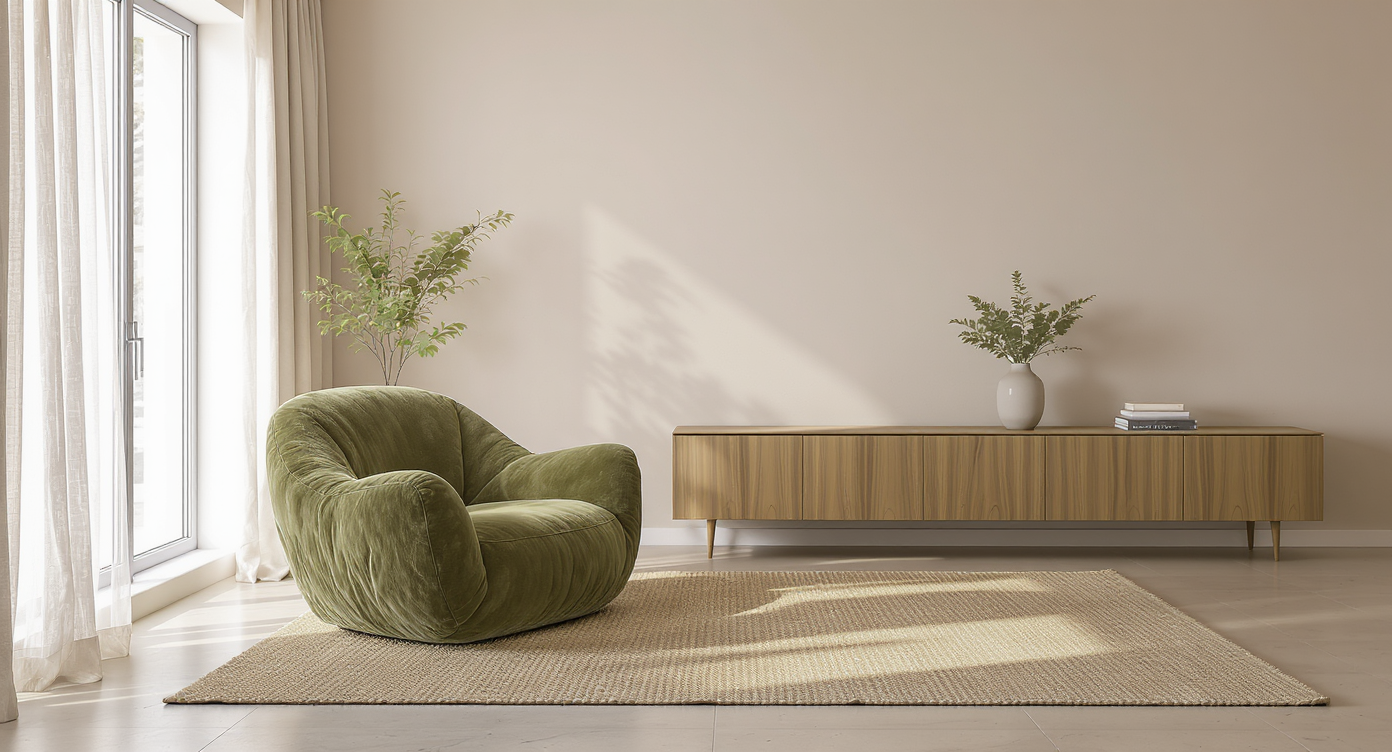




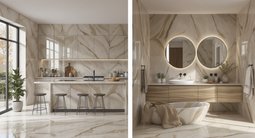
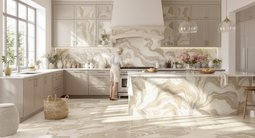



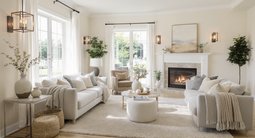


.png)